Home>Technology>Home Entertainment Systems>How To Make Home Theater Speakers Wireless
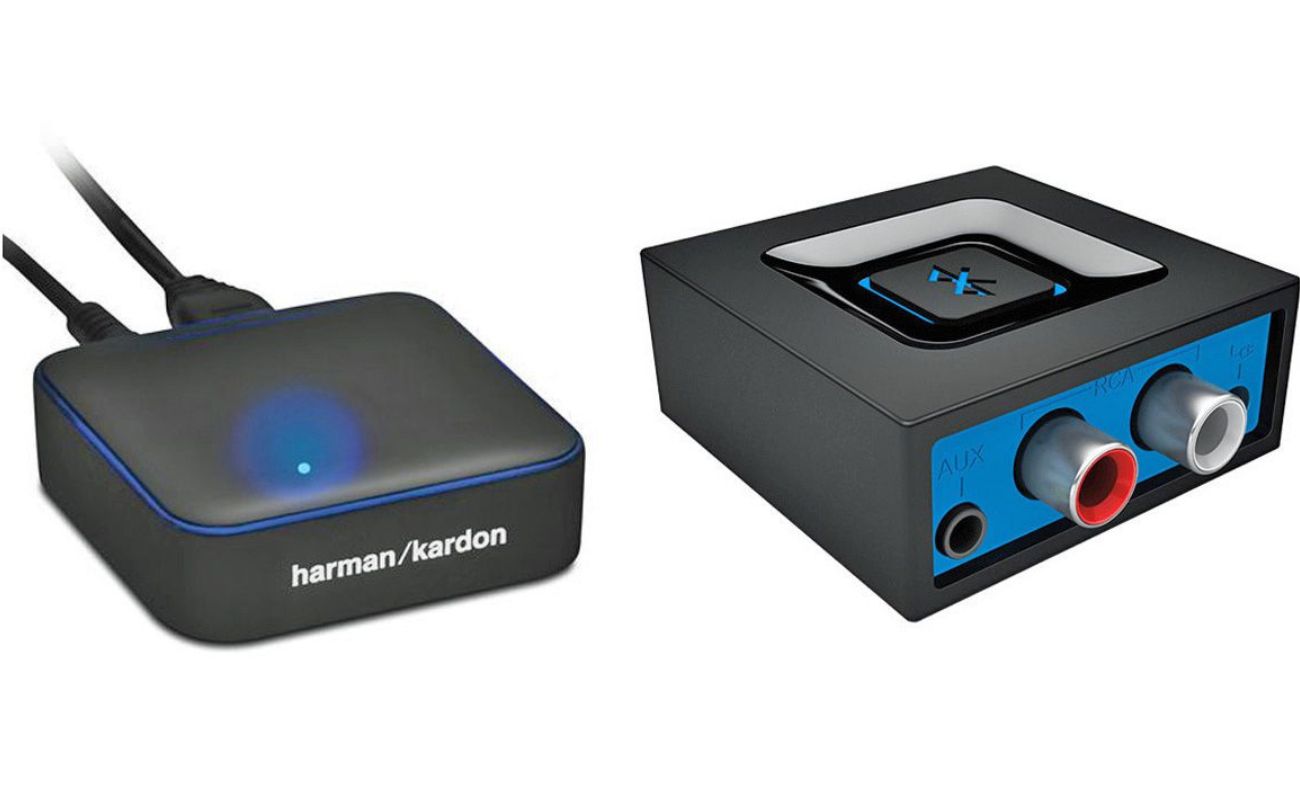

Home Entertainment Systems
How To Make Home Theater Speakers Wireless
Modified: October 20, 2024
Learn how to make your home theater speakers wireless and upgrade your home entertainment system. Enjoy the convenience of wireless audio without compromising on sound quality. Discover the best methods for creating a seamless wireless setup.
(Many of the links in this article redirect to a specific reviewed product. Your purchase of these products through affiliate links helps to generate commission for Storables.com, at no extra cost. Learn more)
Introduction
Transforming your home entertainment system into a wireless wonderland is a game-changer. Say goodbye to tangled cables and restrictive placement options, and welcome the freedom to position your speakers wherever you desire. With the right wireless setup, you can immerse yourself in a cinematic experience without the hassle of traditional wired connections.
In this comprehensive guide, we will delve into the realm of wireless speaker technology, providing you with the knowledge and insights needed to seamlessly integrate wireless capabilities into your existing home theater system. From understanding the intricacies of wireless speaker technology to selecting the most suitable wireless adapter and navigating the setup process, this article will equip you with the essential know-how to make your home theater speakers wireless.
By the end of this guide, you will be empowered to embrace the convenience and flexibility of wireless speaker systems, elevating your home entertainment experience to new heights. So, let's embark on this wireless journey and unlock the potential of your home theater system.
Key Takeaways:
- Say goodbye to tangled cables and restrictive placement options by making your home theater speakers wireless. Enjoy the freedom to position speakers wherever you desire for a more immersive cinematic experience.
- Embrace the convenience and flexibility of wireless speaker systems to elevate your home entertainment experience. Seamlessly integrate wireless capabilities into your existing home theater setup for a clutter-free and captivating audio journey.
Understanding Wireless Speaker Technology
Wireless speaker technology has revolutionized the way we experience audio in our homes. By eliminating the need for physical connections, wireless speakers offer unparalleled flexibility and convenience. Understanding the underlying technology is crucial for seamlessly integrating wireless capabilities into your home entertainment system.
Benefits of Wireless Speaker Technology
Wireless speakers utilize advanced transmission methods such as Bluetooth, Wi-Fi, or proprietary wireless protocols to deliver audio signals without the constraints of cables. This technology enables you to position speakers in optimal locations without being limited by the reach of wires, resulting in a more immersive and aesthetically pleasing setup.
Transmission Protocols
Bluetooth is a widely used wireless protocol known for its compatibility with various devices, making it a popular choice for wireless speakers. Wi-Fi-based systems, on the other hand, offer extended range and higher bandwidth, allowing for high-fidelity audio streaming. Understanding the differences between these protocols is essential for selecting the most suitable wireless solution for your specific needs.
Audio Quality and Latency
When evaluating wireless speaker technology, it's crucial to consider audio quality and latency. While Bluetooth speakers are convenient and widely available, they may exhibit latency issues, impacting the synchronization of audio and video. Wi-Fi-based systems, on the other hand, often provide superior audio quality and reduced latency, making them ideal for demanding audio applications.
Read more: Where To Place Home Theater Speakers
Compatibility and Integration
Another aspect of wireless speaker technology is compatibility with existing audio equipment. Some wireless adapters and systems are designed to seamlessly integrate with a wide range of audio devices, including home theater receivers, soundbars, and smart TVs. Understanding the compatibility and integration capabilities of wireless solutions is essential for ensuring a harmonious and interconnected home entertainment setup.
Future-Proofing Your System
As technology continues to evolve, future-proofing your wireless speaker system is a prudent consideration. Selecting a wireless solution that supports the latest standards and protocols can ensure long-term compatibility with upcoming devices and audio technologies, safeguarding your investment in a rapidly advancing digital landscape.
By comprehensively understanding the intricacies of wireless speaker technology, you can make informed decisions when selecting wireless adapters and systems for your home theater setup. This knowledge empowers you to harness the full potential of wireless audio transmission, enhancing your home entertainment experience with unparalleled flexibility and convenience.
Choosing the Right Wireless Adapter
Selecting the right wireless adapter is a pivotal step in transforming your home theater speakers into wireless marvels. With a myriad of options available, it's essential to consider several key factors to ensure seamless integration and optimal performance.
Compatibility and Connectivity
When embarking on the quest for the perfect wireless adapter, compatibility should be at the forefront of your considerations. Assess the compatibility of the wireless adapter with your existing audio equipment, such as home theater receivers, soundbars, and speakers. Ensure that the wireless adapter supports the appropriate input and output connections, whether it's analog, digital, or a combination of both. Additionally, verify the compatibility with your preferred wireless transmission protocol, be it Bluetooth or Wi-Fi, to guarantee a harmonious integration with your home entertainment system.
Read more: What Speaker Wire To Use For A Home Theater
Range and Signal Strength
The wireless adapter's range and signal strength play a crucial role in determining the flexibility of speaker placement and the robustness of the wireless connection. Evaluate the operational range of the wireless adapter to ascertain its ability to transmit audio signals across the desired distances within your home environment. Consider factors such as wall penetration and interference from other wireless devices to gauge the adapter's signal strength and reliability in real-world scenarios.
Audio Quality and Latency
Prioritize audio quality and latency considerations when selecting a wireless adapter for your home theater speakers. Look for wireless adapters that support high-fidelity audio transmission without compromising on sound quality. Additionally, assess the adapter's latency performance to ensure seamless synchronization of audio and video, especially for immersive cinematic experiences where audio-visual coherence is paramount.
Ease of Setup and Configuration
Opt for a wireless adapter that offers a user-friendly setup process and intuitive configuration options. Seamless integration into your existing home entertainment system is essential for a hassle-free transition to wireless audio. Consider adapters that provide straightforward pairing procedures and versatile connectivity options, simplifying the setup and ensuring a smooth transition to a wireless speaker setup.
Future-Proof Features
Anticipating future advancements in wireless technology is crucial when selecting a wireless adapter. Look for features such as firmware upgradability, support for emerging wireless standards, and compatibility with evolving audio formats. Future-proofing your wireless adapter ensures long-term compatibility with upcoming devices and technologies, safeguarding your investment in a rapidly evolving audio landscape.
By carefully evaluating these factors and aligning them with your specific requirements, you can confidently choose the right wireless adapter to seamlessly integrate wireless capabilities into your home theater speakers. This strategic selection empowers you to unlock the full potential of wireless audio transmission, elevating your home entertainment experience to new heights of convenience and flexibility.
Setting Up the Wireless Connection
Setting up the wireless connection for your home theater speakers is a pivotal step in embracing the convenience and flexibility of wireless audio transmission. With the right approach and attention to detail, you can seamlessly integrate wireless capabilities into your existing home entertainment system, unlocking a world of possibilities for immersive audio experiences.
1. Positioning the Wireless Speakers
Begin by strategically positioning your wireless speakers within your home environment. Consider factors such as optimal audio dispersion, line of sight to the wireless adapter, and the elimination of potential obstructions that may interfere with the wireless signal. By placing the speakers in ideal locations, you can maximize the audio performance and ensure a robust wireless connection.
2. Powering and Pairing the Wireless Adapter
Power up the wireless adapter and initiate the pairing process according to the manufacturer's instructions. Whether it's a Bluetooth or Wi-Fi-based adapter, follow the prescribed steps to establish a secure and reliable connection between the wireless adapter and your home theater system. Ensure that the pairing process is completed successfully before proceeding to the next steps.
3. Configuring Wireless Transmission Settings
Access the wireless adapter's settings or control interface to configure the wireless transmission parameters. Depending on the adapter's capabilities, you may have options to adjust audio quality settings, transmission protocols, and network connectivity parameters. Tailor these settings to align with your preferences and the specific requirements of your home theater setup.
4. Synchronizing Audio and Video
For a truly immersive home theater experience, it's essential to synchronize the audio and video playback. If your wireless adapter offers latency adjustment settings, fine-tune the audio delay to achieve seamless synchronization with the video output. This step is crucial for maintaining audio-visual coherence and delivering a captivating cinematic experience.
5. Testing and Fine-Tuning
Once the wireless connection is established and the settings are configured, conduct thorough testing to evaluate the audio performance and wireless reliability. Play various types of audio content, including music, movies, and games, to assess the wireless system's capabilities across different scenarios. Fine-tune the settings as needed to optimize the wireless connection and audio quality.
By meticulously following these steps and paying attention to the nuances of wireless speaker setup, you can effectively establish a robust and seamless wireless connection for your home theater speakers. Embracing the wireless revolution empowers you to enjoy unparalleled flexibility in speaker placement and a clutter-free home entertainment environment, elevating your audio experiences to new heights.
Troubleshooting Common Issues
Even with meticulous planning and execution, encountering occasional hiccups in a wireless speaker setup is not uncommon. However, armed with the knowledge of common troubleshooting techniques, you can swiftly address these issues and restore the seamless functionality of your wireless home theater system.
1. Signal Interference and Dropouts
Intermittent signal interference or dropouts can disrupt the wireless audio transmission, leading to audio interruptions or degraded performance. To mitigate this issue, identify potential sources of interference such as other wireless devices, microwave ovens, or physical obstructions. Relocating the wireless adapter or speakers to minimize interference, or switching to less congested wireless channels, can often alleviate these disruptions.
2. Audio Latency and Synchronization
Inconsistent audio latency or synchronization discrepancies between the wireless speakers and the video display can detract from the immersive home theater experience. Adjusting the audio delay settings on the wireless adapter, if available, can help fine-tune the synchronization. Additionally, ensuring that the video source and the wireless audio transmission are in sync at the source level can mitigate latency issues.
3. Range Limitations and Signal Weakness
If you encounter range limitations or signal weakness in certain areas of your home, consider relocating the wireless adapter to a more centralized position. This can enhance signal coverage and minimize the impact of physical obstructions. Alternatively, investing in wireless repeaters or extenders can amplify the wireless signal, extending the operational range of the wireless speakers.
4. Firmware Updates and Compatibility
Regularly check for firmware updates for your wireless adapter to ensure compatibility with the latest devices and audio standards. Outdated firmware can lead to compatibility issues and performance inconsistencies. By staying abreast of firmware updates and ensuring seamless compatibility with your home theater equipment, you can preemptively address potential compatibility-related issues.
5. Network Congestion and Bandwidth Allocation
In Wi-Fi-based wireless speaker setups, network congestion and inadequate bandwidth allocation can impede the seamless transmission of high-fidelity audio. Prioritize your wireless network's bandwidth allocation for audio streaming, and consider implementing Quality of Service (QoS) settings to prioritize audio traffic. This can alleviate network congestion and ensure prioritized audio transmission.
By proactively addressing these common issues and leveraging the troubleshooting techniques outlined above, you can maintain the optimal functionality of your wireless home theater system. Embracing the nuances of troubleshooting empowers you to swiftly overcome challenges, ensuring that your wireless speaker setup consistently delivers a captivating and immersive audio experience.
Read more: How To Make A Wireless Security System
Conclusion
In conclusion, the journey to making your home theater speakers wireless is a transformative endeavor that opens the door to unparalleled convenience and flexibility in your home entertainment setup. By understanding the intricacies of wireless speaker technology, carefully selecting the right wireless adapter, and navigating the setup process with precision, you can seamlessly integrate wireless capabilities into your existing home theater system, unlocking a world of possibilities for immersive audio experiences.
The transition to wireless speaker technology represents a paradigm shift in how we engage with audio in our homes. The freedom to position speakers without the constraints of cables, the seamless integration with existing audio equipment, and the potential for future-proofing your system are compelling reasons to embrace wireless audio transmission. Whether it's the convenience of streaming music from your smartphone to your home theater speakers or the flexibility to create a surround sound setup without cable limitations, wireless speaker technology empowers you to tailor your home entertainment environment to suit your preferences and lifestyle.
Furthermore, the meticulous process of setting up the wireless connection and troubleshooting common issues underscores the importance of attention to detail and proactive problem-solving. By strategically positioning wireless speakers, configuring wireless transmission settings, and addressing common challenges such as signal interference and latency issues, you can ensure a robust and reliable wireless speaker setup that consistently delivers captivating audio experiences.
As you embark on this wireless journey, it's essential to approach the integration of wireless capabilities with a blend of technical acumen and creative vision. The seamless fusion of technology and artistry in your home entertainment system can elevate your audio experiences to new heights, immersing you in the captivating world of cinematic soundscapes and dynamic music performances.
In essence, the transition to wireless home theater speakers transcends the realm of convenience; it represents a harmonious convergence of innovation and personalization, empowering you to curate a home entertainment environment that resonates with your individuality and audio preferences. Embracing wireless speaker technology is not merely a technical upgrade; it's a gateway to a more immersive, flexible, and tailored audio experience that enriches your daily life and redefines the way you engage with entertainment in the comfort of your home.
Frequently Asked Questions about How To Make Home Theater Speakers Wireless
Was this page helpful?
At Storables.com, we guarantee accurate and reliable information. Our content, validated by Expert Board Contributors, is crafted following stringent Editorial Policies. We're committed to providing you with well-researched, expert-backed insights for all your informational needs.
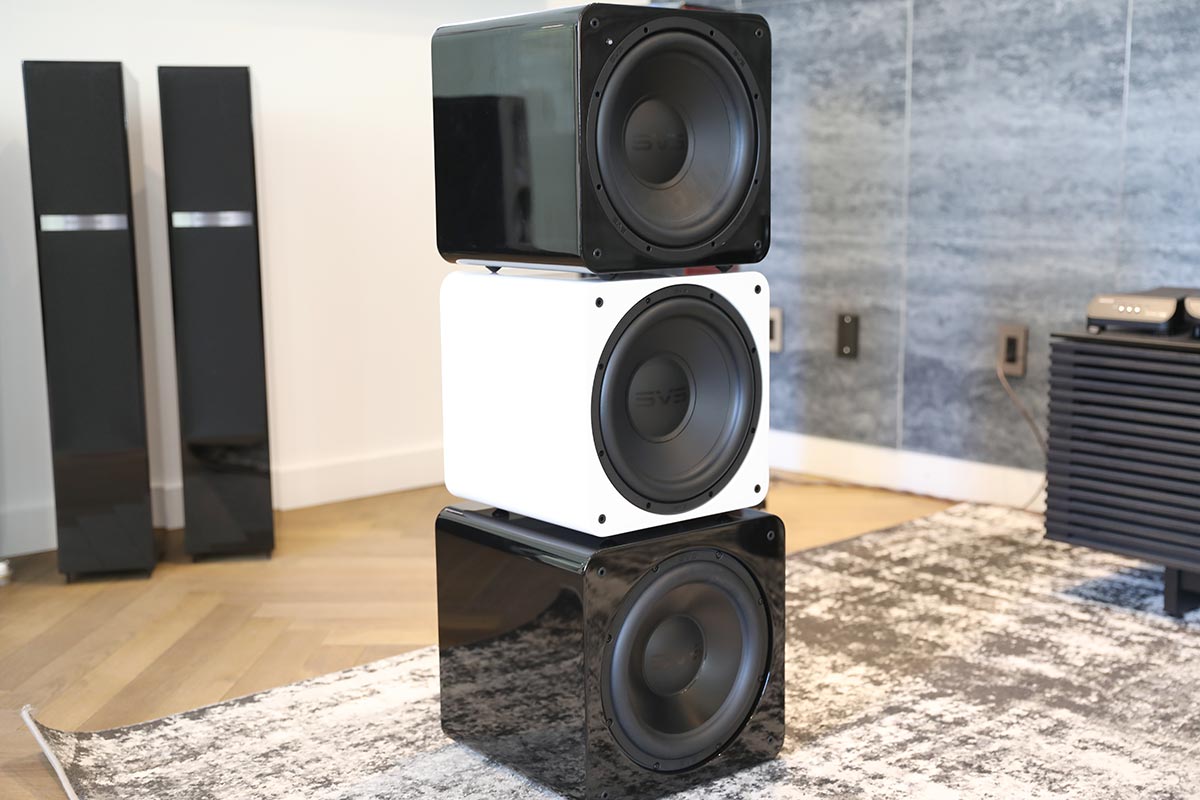
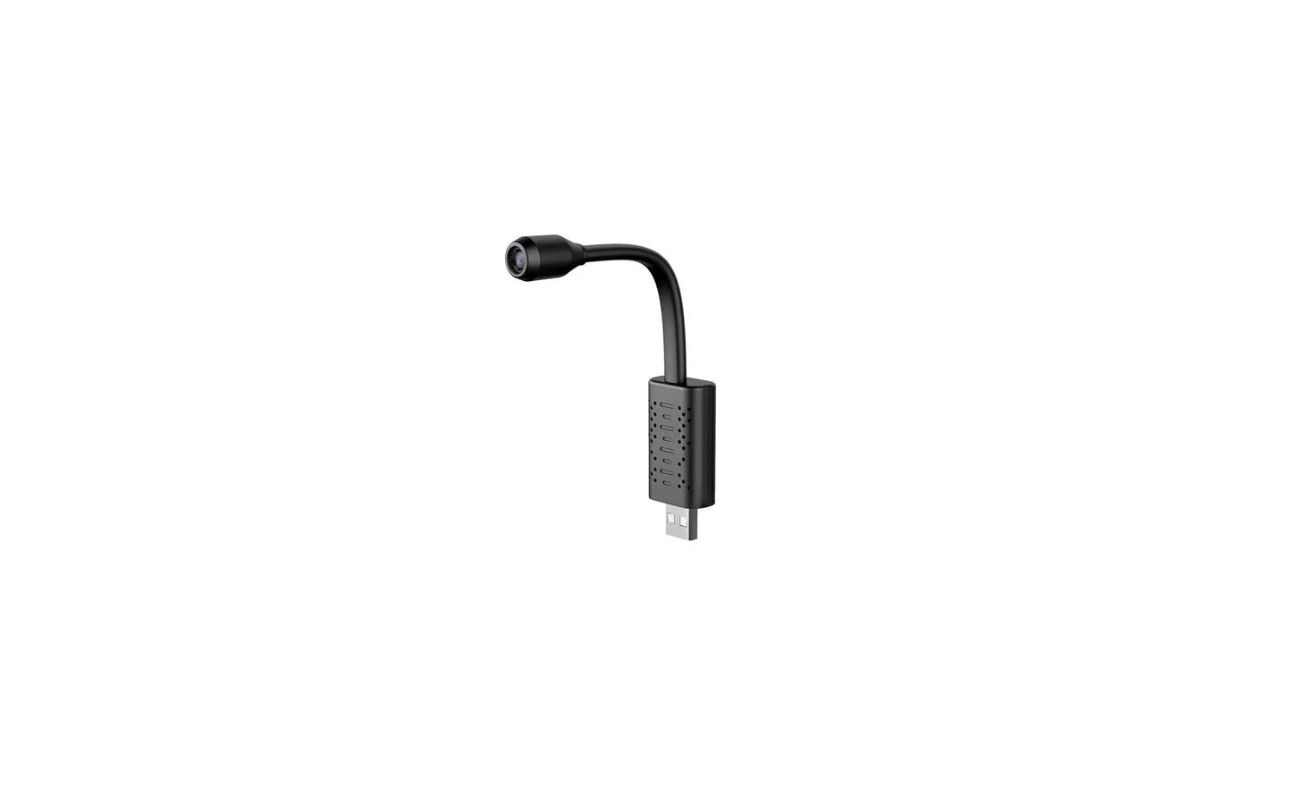

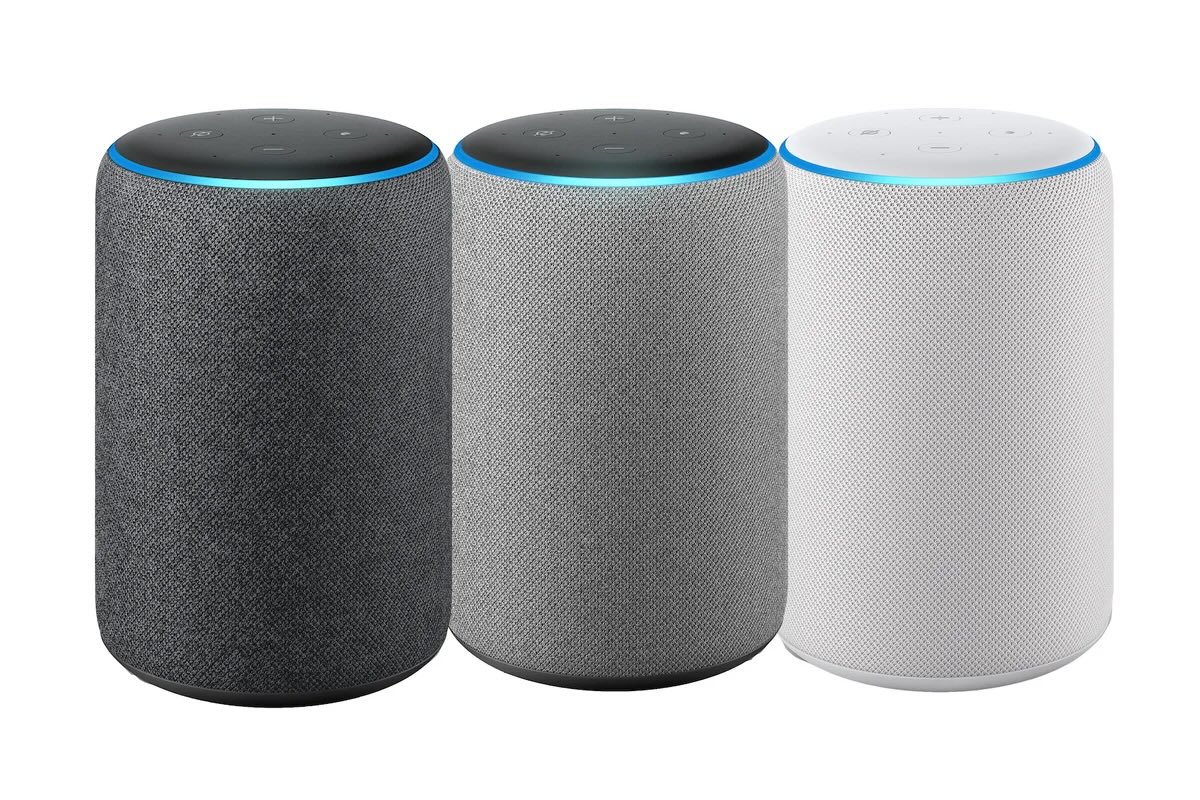
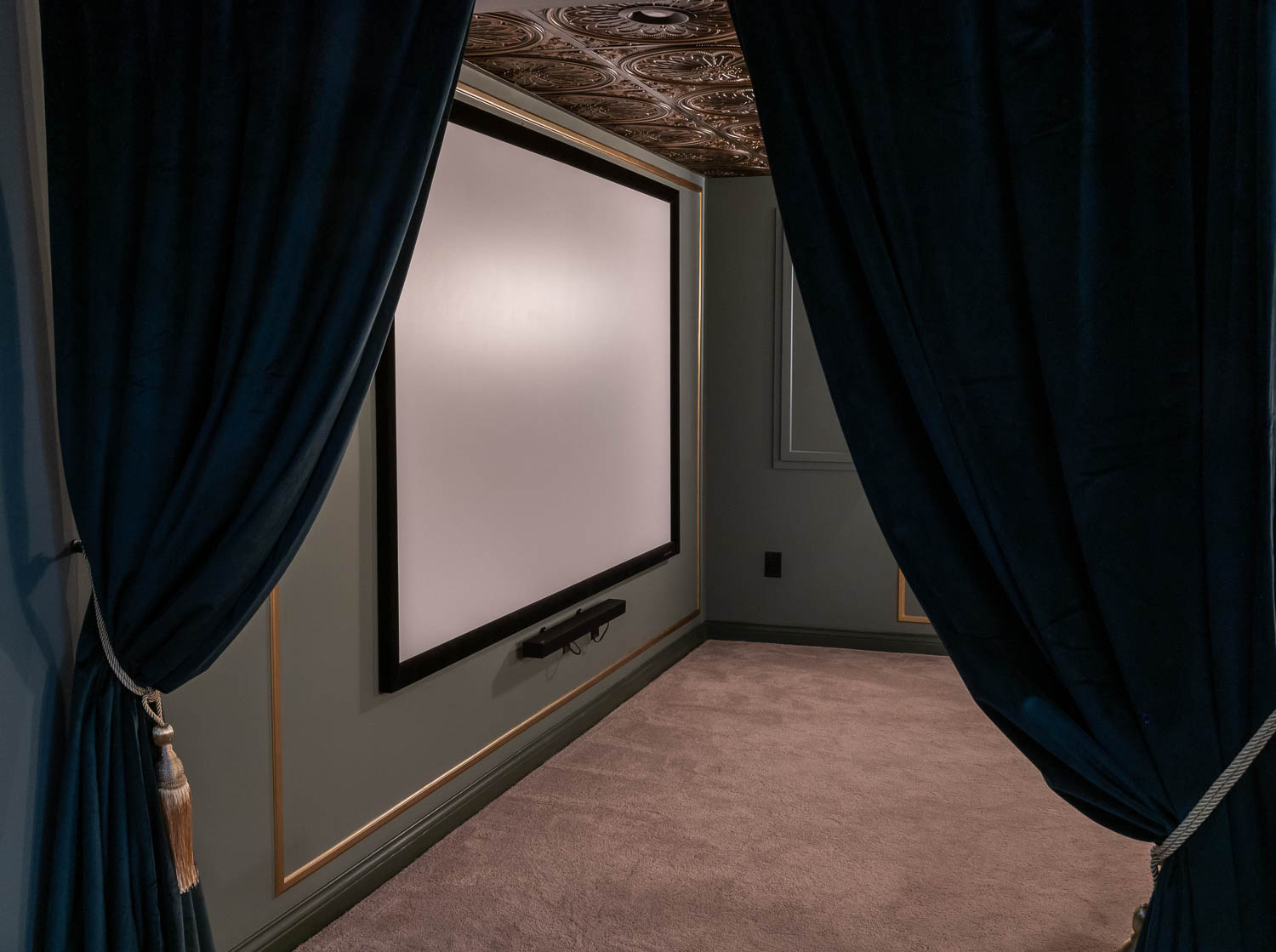
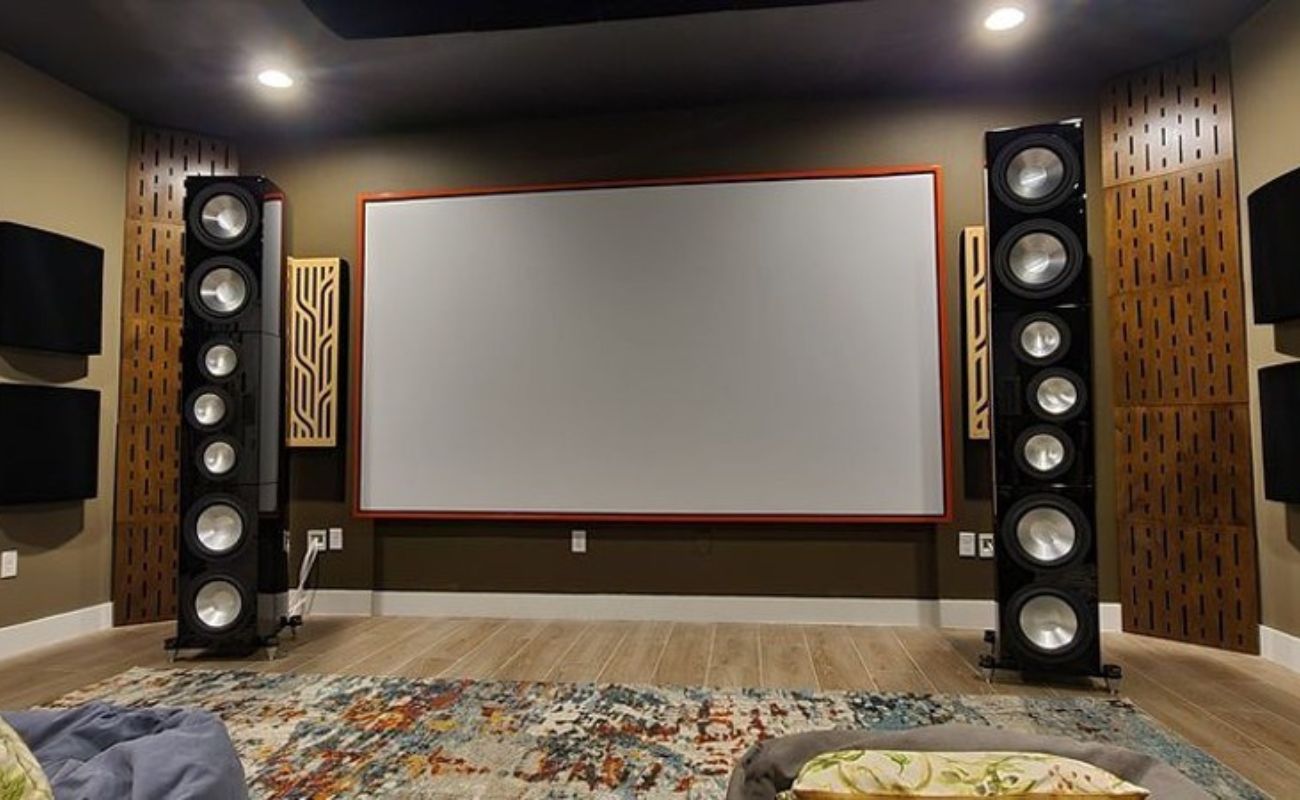
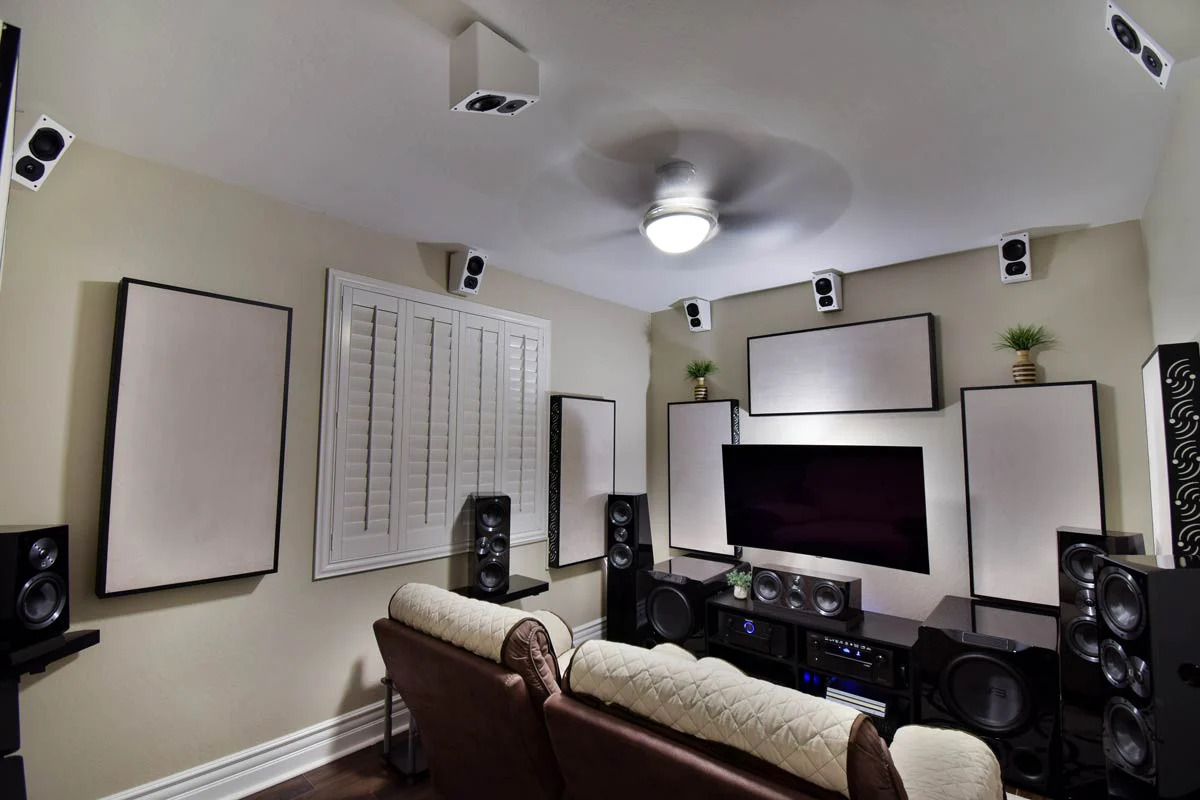
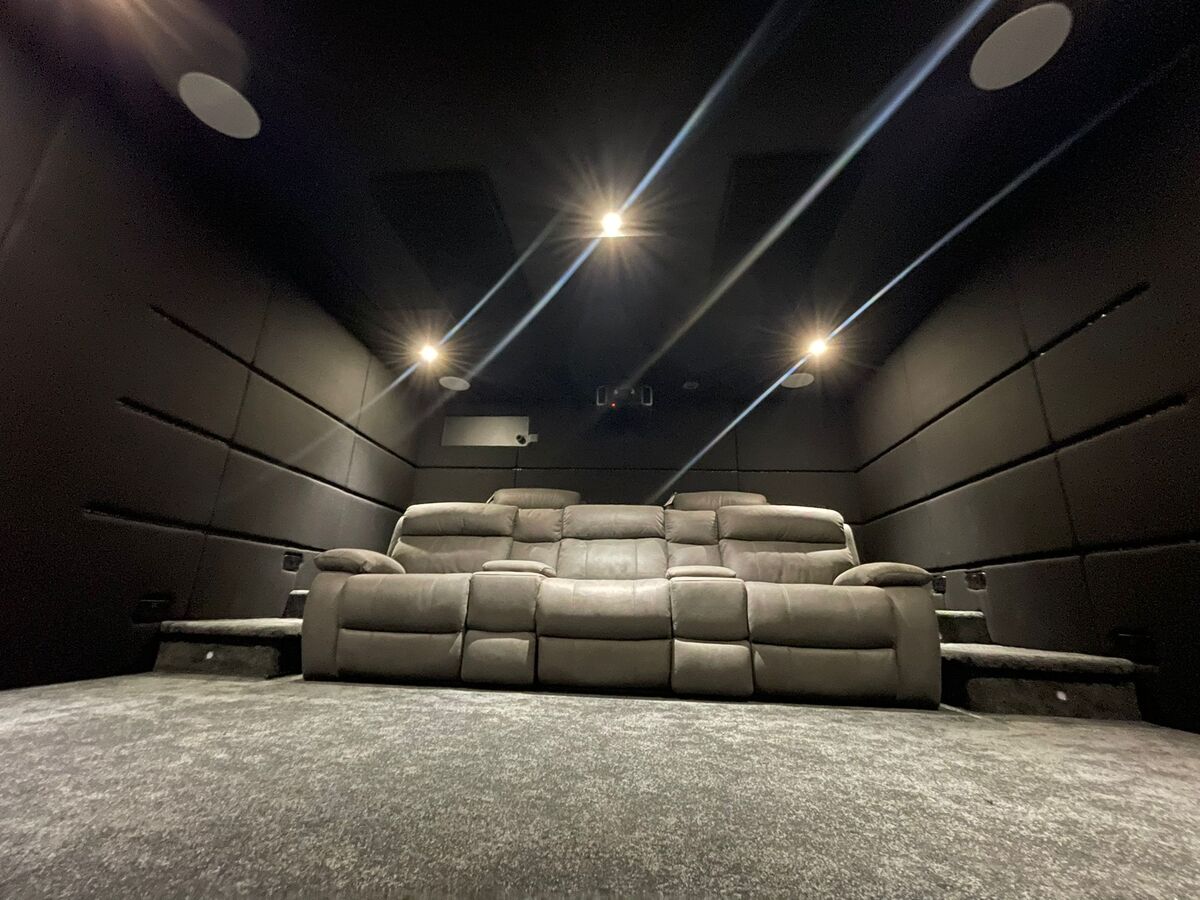
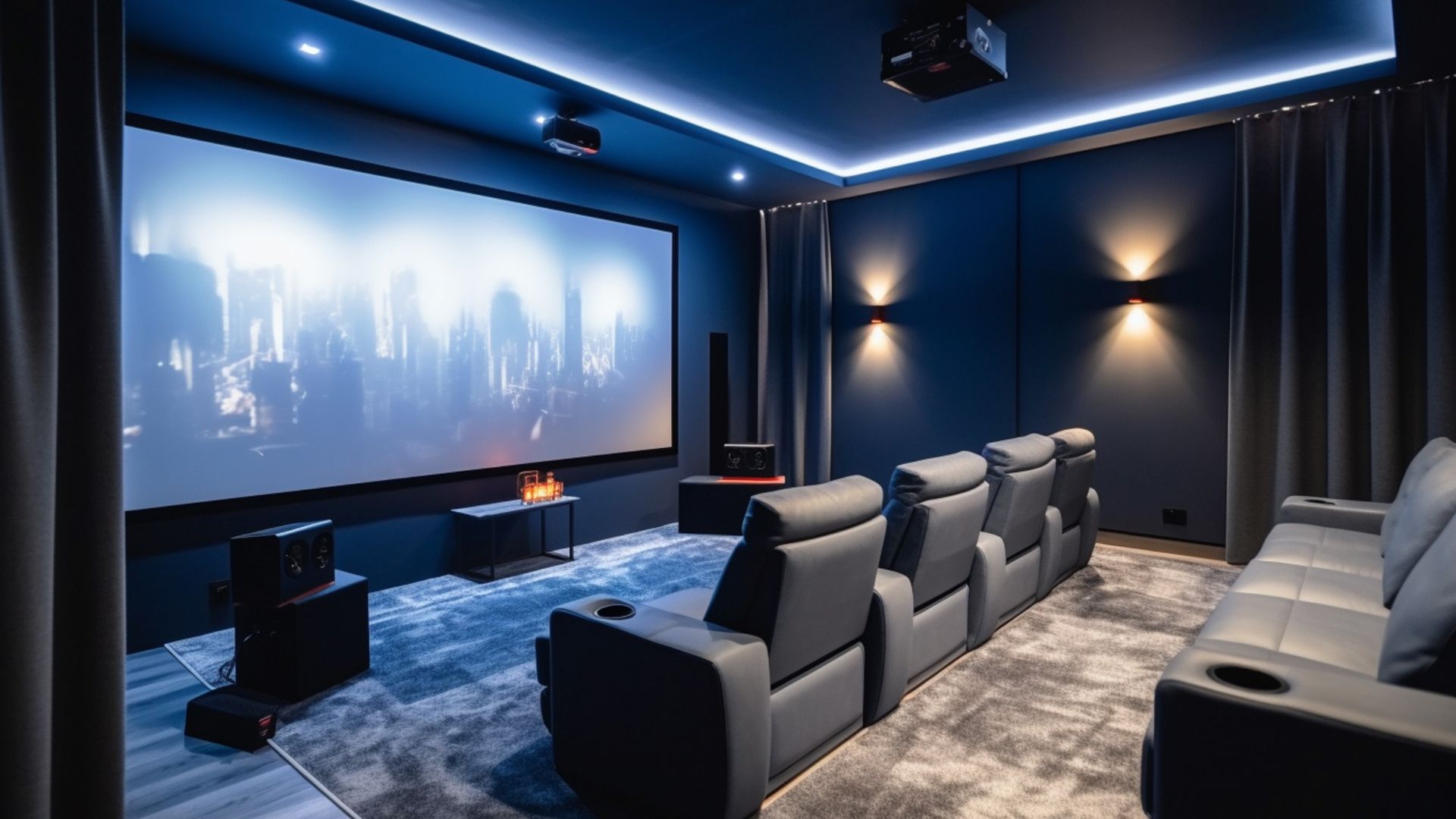

0 thoughts on “How To Make Home Theater Speakers Wireless”